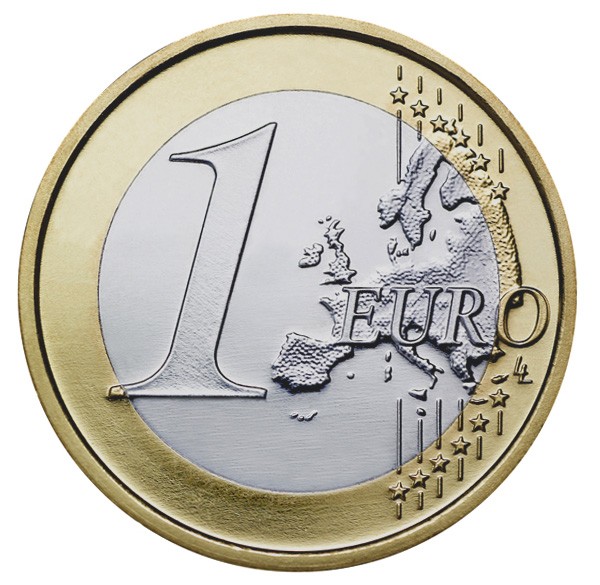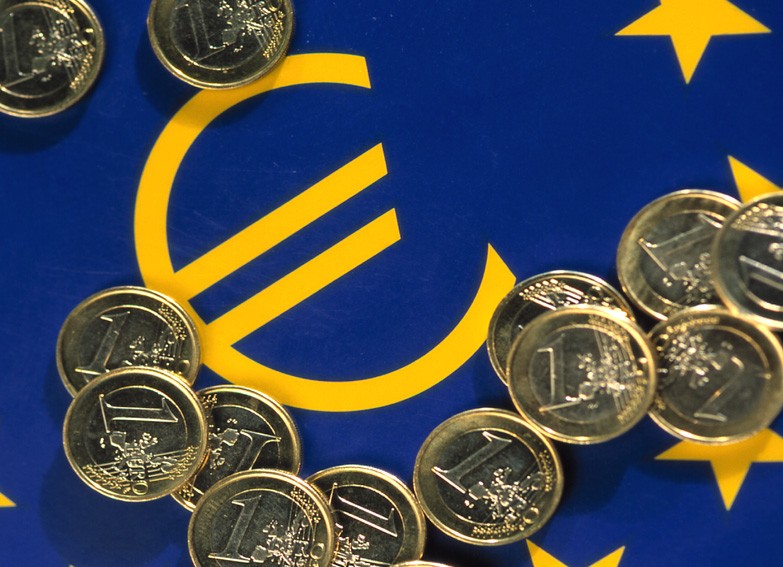The EUR
Post on: 29 Апрель, 2015 No Comment

In spite of the recent economic, political and financial turmoil, the ECB will tighten its monetary policy in April and June, which should be positive for the EUR/USD. An upward trend for the risk asset market would drive the USD much lower and could cause a potential breakout for the EUR/USD.
(Click to enlarge)
A stronger EUR/USD is generally deemed supportive for the EUR/USD basis swap spread. Note that the relationship is recent and it appears too early to be described as a new normal. In addition, this relationship may conceal other factors at play such as uncertainty due to the European crisis.
Explaining the Regime Switch
The breakdown of the basis swap spread in the wake of the financial crisis is attributable to:
- Liquidity concerns (the so-called dollar-shortage episode of 2008 or pressure on dollar funding market).
- The health of the banking system (similar to that of Japan in the late 1990s). The higher the banking credit default concerns, the more negative the basis swap spread.
Another, and more structural driver, is the supply and demand for long term funding (the more issuers of EUR swapping in USD, the wider the negative margin).
Lastly, there are no theoretical reasons for the interest rate spread between USD and EUR yields to explain the current level of basis swap.
Our Model
We propose below a simple model of EUR/USD basis swap covering the 2006/2011 period.
Liquidity was first and tentatively modeled through the 3-month OIS/Libor spread but did not appear relevant. Instead, we chose the 2-year swap/3-month Libor curve spread that encompasses both credit and monetary policy risks .
The banking system health is captured by the Itraxx sub financial CDS index, and the EUR/USD is included to gauge directionality (strong or appreciating currencies tend to post positive or less negative basis swap spreads).
As can be seen in the chart above, the current level of basis spread is above fair value (it should be more negative).

Using the betas in our model and assuming the EUR/USD rises to 1.52, the statistical impact on the 10-year basis swap spread will be limited to 2 basis points.As can be seen below, the level of basis swap spread implied by the current level of the European Sub financial Itraxx CDS index is already too high.
(Click to enlarge)
Financial stocks may benefit from a positive outcome from the European Summit (March 24-25).Comparing the sub financial Itraxx CDS to the relative price of European Banks to total market capitalization suggests that the major adjustment should above all be visible in the equity market.
However, a strong outperformance of banks should enable us to target 200 for the CDS sub financial. At worst, it would bridge the gap with the basis swap above or reduce the basis swap spread by a few bps.
Reducing the Sample
To assess the reliability of our result, we carried out an estimate post-crisis to check whether the influence of both banking and EUR/USD factors would become stronger.
(Click to enlarge)
1. The 10-year basis swaps are not undervalued.
2. A 10-point increase of the EUR/USD would bring the spread up by 2.5 bps (compared to the 2 bp difference between current and estimated value).
3. The relevance of the CDS banks is much lower.
Conclusion: It might be overly optimistic to expect the EUR/USD basis swap spread to tighten further with a stronger euro. According to our fair value model, the current level is enticing for swapping EUR issuances in USD.
Disclosure: I have no positions in any stocks mentioned, and no plans to initiate any positions within the next 72 hours.














